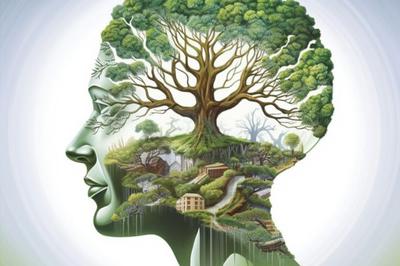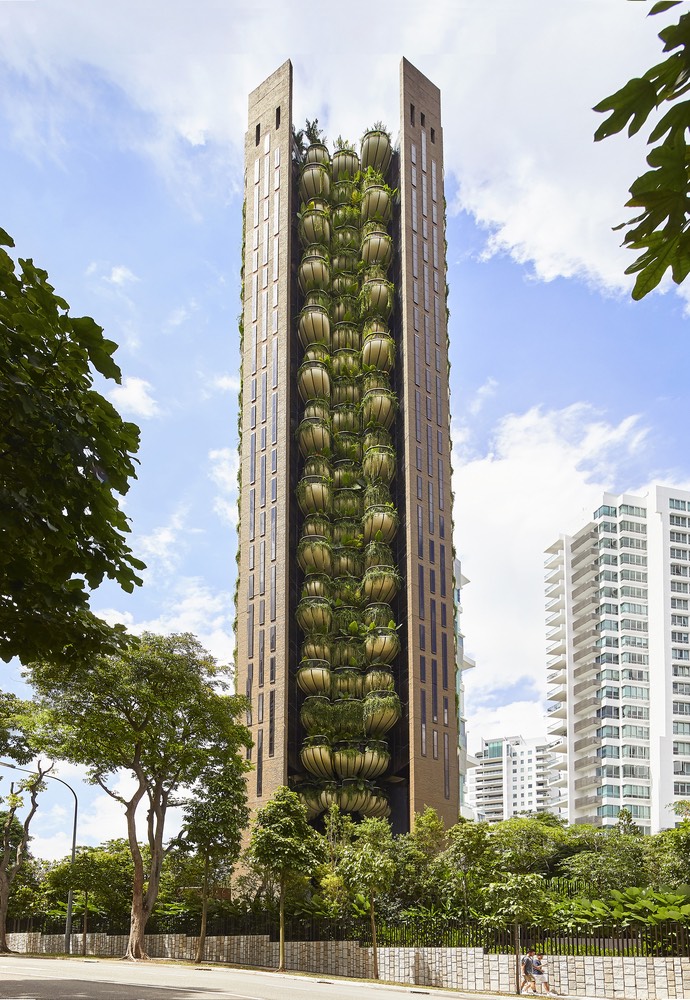“Nature holds the key to our aesthetic, intellectual, cognitive, and even spiritual satisfaction.”
-Dr. Edward O. Wilson.
We used to study in our younger days that there were primarily three seasons- winter, summer and rainy season. Theoretically we are still taught the same, however, it has become difficult to make out one from the other these days. You often witness dry June and July while months of February and March receive so much snow and ice that winter just drags on. Not to mention extraordinary hot October and November and less than cold December and January. Isn’t it time to wake up and think about our own contribution to these changes in weather? Why is Rajasthan receiving so much rain and Assam and other rain-surplus areas facing droughts?
We all know about global warming and the havoc it’s already causing but have we really thought about its connection with our behavioral patterns? We have been mentioning in our previous posts the contribution of the buildings towards making our planet warmer and dirtier. According to estimates, buildings use more than 50% of world’s material resources, 25% of drinkable water and a large chunk of energy resources. Not only this, buildings are responsible for nearly 20% of total emissions worldwide.
Well then, we have no choice but to accept green architecture as a way of life. However, does our responsibility end with producing green buildings? Providing green processes and products can only be a starting point, your buildings cannot be green in their performance unless they are used by green people. This is where creating green psychology becomes so important.

Green behavior index:
How green a building would be depends on the “green behavior index” or GBI of the people using it. We talked about the attributes of green behavior in the previous post- self motivation, inculcating green habits, minimizing waste generation etc. However, people are usually not rational while taking decisions, they mostly use approximate rules of thumb to take their decisions. Their actions are affected by the way information is provided to them, so it becomes imperative to present to them the necessity for going green as a profit and loss statement. On a micro level, you save money on your energy bills and get cleaner, safer spaces to live in. Most green products are not costlier than the traditional products; some technologies are costly but they help you save money in the long run. On the macro level, you protect your environment and help save precious non-renewable resources like oil, coal and water etc, resources that are vital for our survival.

Producing high-tech, resource-efficient and low-impact structures is the need of the hour, however, creating a green psychology is equally vital for the health of our earth and its inhabitants. It is essential that the employees, tenants and visitors do their part in leveraging the green technology provided by the designers or in helping the buildings with their conservation goals. Spreading awareness through various agencies is necessary but we can also do our bit by encouraging our friends, family members and peers to develop a green psychology and embrace green habits. Remember, nature doesn’t need us, we need nature.
Sources:
https://www.dovepress.com › towards-examining-the-lin…
https://www.frontiersin.org › fpsyg.2022.906869 › full
https://www.emerald.com › … › Volume 41 Issue 7
https://www.all-about-psychology.com/leveraging-environmental-psychology-to-drive-ecofriendly-behavior.html
https://amazingarchitecture.com/apartments/eden-tower-in-singapore-by-heatherwick-studio
ABOUT THE AUTHOR

Sandeep Singh is an architect from IIT Roorkee.
Ten years after graduating, he lost his vision to genetic Diabetes.
He reinvented his career and turned writer.
He has authored two fiction books and writes blogs on
Architecture, Outsourcing, Safety and a variety of other
subjects for different organizations. He also chairs and runs two NGOs
